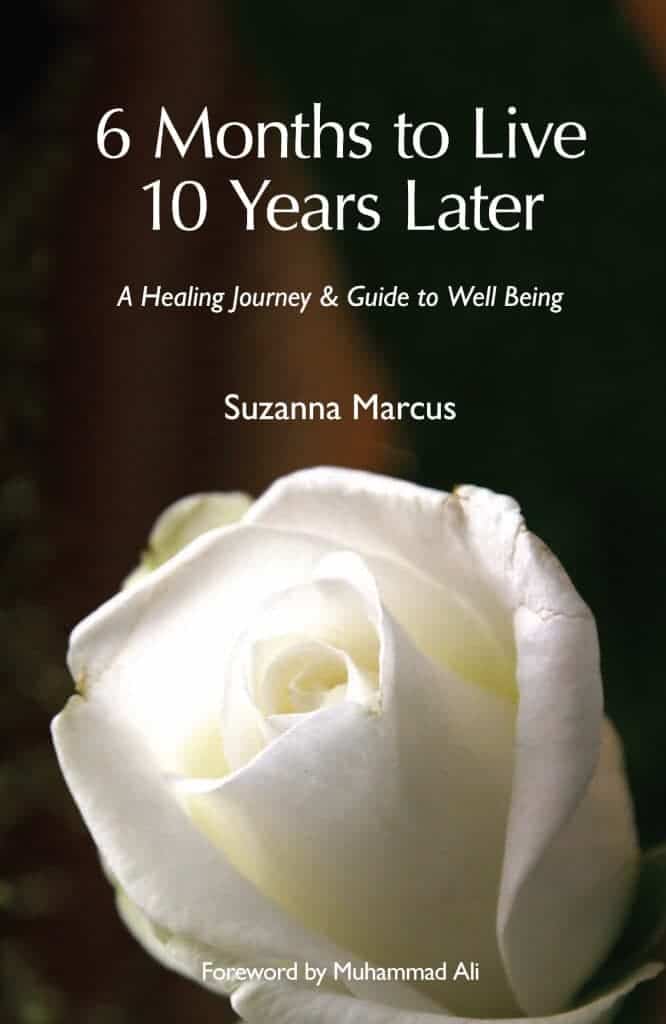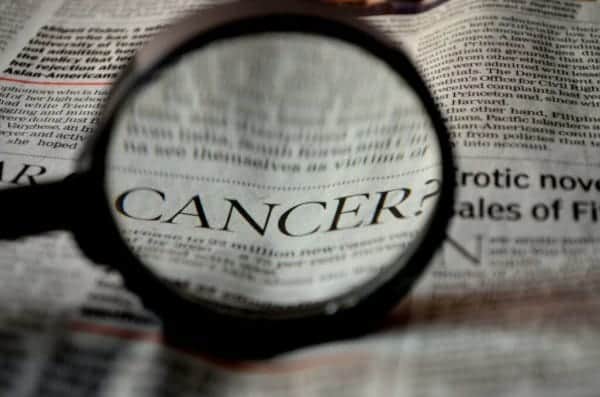Breast cancer is the most frequently diagnosed form of cancer in women worldwide. According to the Breast Cancer Research Foundation’s website, the latest research available shows that globally, breast cancer represents one in four of all cancers in women. It accounts for the most frequently diagnosed cancer in 140 of 184 countries across the globe. That’s nearly 1.7 million cases diagnosed in 2012 alone, and that’s not including the many undiagnosed cases in areas where women do not have access to breast cancer treatment.
Despite high incidence rate, stories of survival provide hope for those currently dealing with diagnoses, either for themselves or that of a loved one. In fact, 89% of women diagnosed with breast cancer in Western countries are still alive five years after diagnosis, thanks to both early detection and treatment. According to the National Cancer Institute’s website, there are a few paths to breast cancer treatment that a newly diagnosed patient may take. There’s the standard medicine route, also referred to as, the traditional, western or allopathic route. And then there is the alternative treatment path, also referred to as the holistic or natural route.
But what breast cancer treatment options have survivors utilized? Two survivors, from different parts of the world, spoke with Mamavation. Here, free of judgment, we present their stories.
Table of Contents
Traditional Breast Cancer Treatment

Nicole McLean, United States, Breast Cancer Survivor, Traditional Breast Cancer Treatment
Founder: myfabulousboobies.com, which serves as a resource for newly diagnosed young women, women of color and women looking to find their way through new normal.
Nicole Mclean has considered herself a survivor since the moment she was diagnosed with breast cancer. She was just 39 years old. She discovered the lump during a self-exam in the shower. While she has been cancer-free since mid-2009, Mclean is quick to point out that “remission” is not a term she and her medical team use.
“We use the term “NED”, which means no evidence of disease,” Mclean said. “When people see/hear remission, they think cure. Right now there is no evidence that can be seen of cancer in my body, but I am aware and cautious of the fact that my cancer could recur at any time.”
Without any risk factors that would have put McLean’s doctors on high alert for early screenings – the current American practice is to start yearly mammograms at age 40 – she also is aware of the fact that she is alive today because of the lump she found herself.
“Neither my mother, nor either of my grandmothers had breast cancer. I don’t have any sisters – so no connection there. However… I do a family history of breast cancer. My mother’s oldest (half) sister died of breast cancer in her 60’s. One of my father’s sisters has had breast cancer twice and had been initially diagnosed in her 50’s,” Mclean said. “Today I have a younger second cousin who is currently fighting breast cancer. She’s 27. But none of those connections would have fallen under the parameters that would say that I have a “risk” for breast cancer.”
The biopsy on the lump Mclean discovered revealed it to be cancerous. Mclean also learned that she had four tumors in her left breast, along with lymph-node involvement. The cancer was migrating. Her oncologist, she remembers, was very frank with Mclean, explaining that chemo, radiation, and a mastectomy, were considered to give her best chance of getting rid of the cancer.
“My tumor was large enough to feel. I felt that the chemo medication and the surgery were the best options,” Mclean said. “Black women are not diagnosed with breast cancer at the same rates as white women. Our breasts tend to be more dense, which makes reading the mammogram more difficult, but we’re more likely to die from the disease than white women are.”
Mclean turned her experience into mypreciousboobies.com, a resource for cancer survivors or newly diagnosed young women, women of color and women looking to find their way through to their new normal.
Alternative Breast Cancer Treatment

Suzanna Marcus, Israel, Breast Cancer Survivor, Alternative Breast Cancer Treatment.
Author: ‘6 Months to Live 10 Years Later: A Healing Journey with Guidance for a Healthy vibrant life’
Suzanna Marcus is 18 years cancer free and used meditation, raw foods, and a focus on healing her emotional wounds to cure her cancer.
Marcus is a U.K. born, Israeli resident, physiotherapist, and healer. She was diagnosed with Stage 3 invasive ductal carcinoma with lymph involvement and chose to forgo traditional treatment for the natural approach she felt was right for her.
“If you have a cancerous tumor, and it is encapsulated, and you do the routine biopsy, the moment you put the needle in and take it out, you are allowing the cancerous cells to spread,” Marcus said. “I said that to the doctor and he told me it was nonsense. We argued for half an hour and then I let him do it. He sent it off to pathology and said everything would be alright. Who doesn’t want to hear that everything is okay?”
And everything was, for a time, at least. Four years later, Marcus scheduled a mammography because she had not felt well. She knew something was wrong after being asked to repeat the procedure. “The doctor said, ‘Here is the cancer in your breast.’ It was at 6 o’clock; where the needle biopsy had been,” Marcus said. “What you believe really works. Chemo would kill me, so I knew I would not do chemo.”
Her oncologist gave her six months to live. The power of suggestion, she said, is so great, it took a great deal of internal work to release the idea of a death sentence. She opted for a lumpectomy.
“I decided to direct my energy into healing my body, not supporting the tumor,” Marcus said. “I wanted to live, so I had to find my own methods.”
Those methods included total detoxing of all pain, trauma, and anger in her mind and toxins in her body, adding supplements, and eliminating all forms of sugar from her diet, including fruit.
“Cancer cells need sugar,” Marcus said. “Why fuel the cancer cells with cake, sugars, and white bread? The cancer cells don’t care if the sugar comes in the form of fruit, honey, candy, or bread.”
Marcus also relied on green juices and enemas to reduce the stress on her body as it detoxified.
“The holistic view is so very different from the conventional,” she said.
Six months later, Marcus’ tests came back normal. She celebrated by writing her book, for which Muhammed Ali wrote the foreword.

“Cancer isn’t about fighting the great fight,” Marcus said. “It’s about making peace. You have to make peace with yourself.”
Breast Cancer-Causing Toxins

Endocrine-disrupting chemicals can mimic hormones in the body. Plastics are one of the most prevalent ways in which people are exposed, even with products labeled BPA-free. Parabens preservatives in cosmetics, pharmaceuticals, and antiperspirants have been linked to breast cancer due to their presence in tumors.
Butadiene and benzene exposure comes from car exhaust, gasoline fumes, and tobacco smoke. Benzene is also found in paint products, while butadiene has an occupational exposure risk in synthetic rubber and petroleum refinement.
Acrylamide exposure comes mainly from tobacco smoke and cooking starchy foods at high temperatures. However, smaller exposures can be found through drinking water treatment and the use of hydrogels, including absorbent breast pads (where nursing exposes babies to a residual amount on the breast).
Charred foods also bring a risk with combustion-caused PAHs, though PAHs are also found in polluted air and tobacco smoke.
Certain flame retardants are breast cancer risks, though there are others that are proven carcinogens that affect other parts of the body. Avoid flame retardants in clothing and look for furniture without polyurethane foam or surface treated with flame retardants.
Aromatic amines can be found in polyurethane foams and sealants and explosives and ammunition. Their derivatives, azo dyes, are not used in many parts of the world but are still prevalent in Asia. They are used in textiles, dyes (including hair dye) liquid crystals displays, and even in the food industry.
Halogenated organic solvents like methylene chloride, though use has lessened considerably, still has some risk of occupational exposure and come consumer exposure from dry cleaning, hair spray propellant, and gasoline fumes.
Mamavation Tips for Reducing Your Breast Cancer Risk

- Is your deodorant increasing your risk of breast cancer? Try an armpit cleanse.
- Move your body to cut down on inflammation. Sweat through exercise naturally detoxifies your body.
- Add these five cancer-fighting foods to your diet.
- Detox your food containers. Learn what they’re made of and what’s safe for you and your family.
- Up your vitamin D intake. Getting outside alone isn’t enough
- Flame retardants and chemicals can settle in dust, so keep shoes at the door and clean away dust.
- Cut the crap out of your diet. Start with dumping artificial sweeteners.
- Don’t smoke. Period.


 Foods That Have GMOs: Update & Investigation
Foods That Have GMOs: Update & Investigation
my mom is suffering from 3rd stage breast cancer, shes still 36 years old.while she was pregnant with my brother she underwent chemo therapy and radiation last year however her condition now is getting worst, sometimes shes having difficulties in breathing, she can no longer walk or even sit. shes in bed for 4months and counting. can you please advice me how to help her? I really need some advice. Does uncooked food could help? (pertaining to meat and veggies).
Hey Elena, I’m not a doctor. But I do know what it’s like to take care of a parent in late stages of cancer. I cared for my father about 13 years ago. I know you are under a ton of stress.